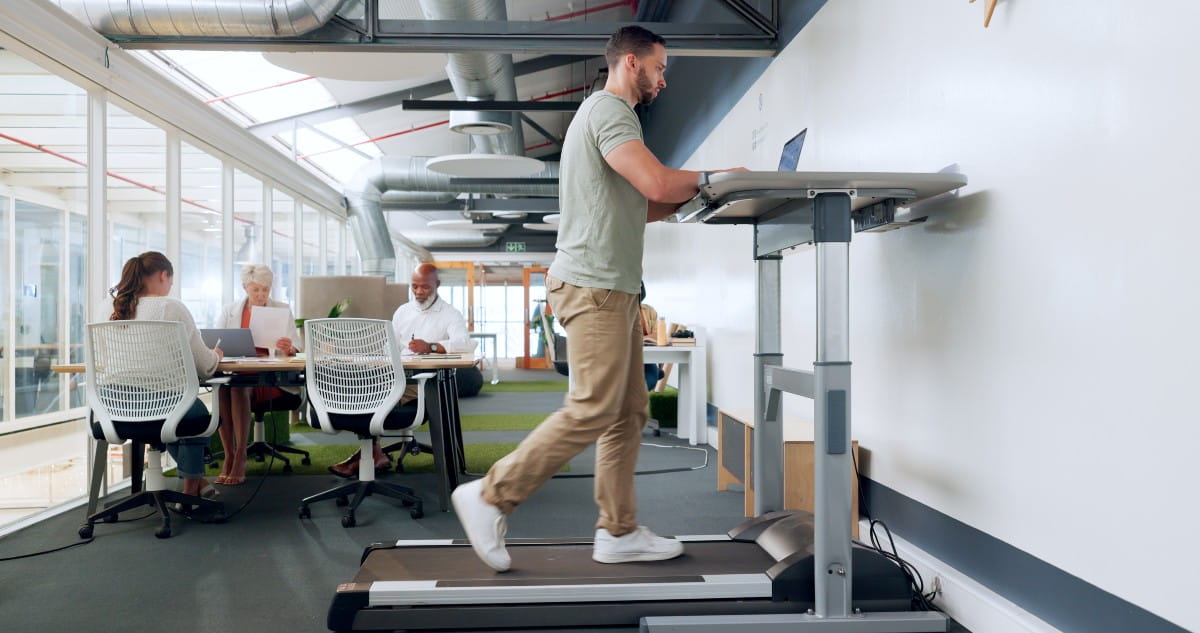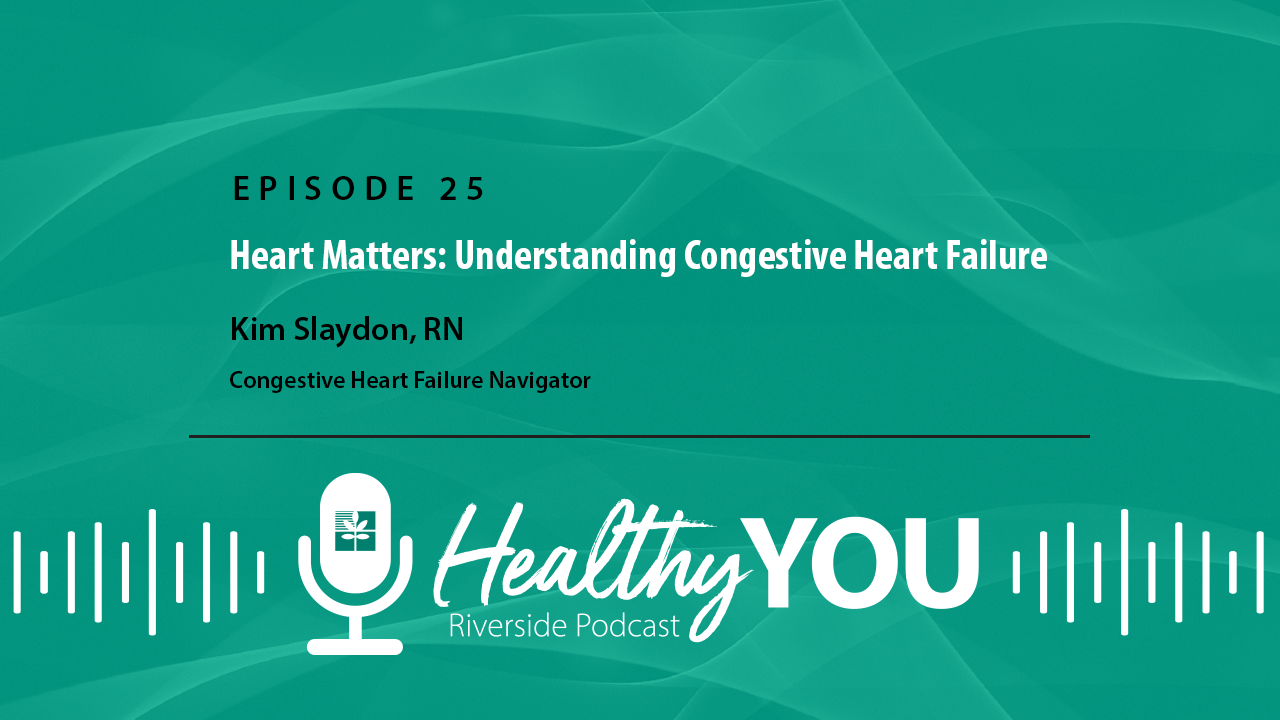A stroke occurs when the arteries in the brain are compromised, either by a blood clot or a ruptured vessel. This disrupts blood flow to part of the brain and some of the cells die, which causes impaired sensory and motor function.
Are you at risk? While it’s a topic many people would rather not think about, according to the American Stroke Association, stroke is the fifth-highest cause of death and leading cause of disability in the U.S.
“If that sounds grim, it doesn’t have to be,” says a Riverside Provider, at Riverside Health System. “There’s good news too — four out of five strokes are preventable. But in order to manage your risk, you first need to educate yourself.”
Risk factors
Certain behaviors put us at greater risk for stroke. By changing these and monitoring our overall health, we can decrease our odds of having a stroke.
Here are some things you can do to lessen your risk for a stroke:
- Lose weight. Obesity and a high-fat diet are known to increase the risk of stroke. Eating more fruits and vegetables while reducing salt intake and cholesterol can help. You may find it beneficial to consult with a weight-loss physician or nutritionist. Remember: A good weight loss program gets you eating healthier without depriving yourself.
- Move more. A sedentary lifestyle increases your risk of stroke and other health issues like heart disease and high blood pressure. It may not be realistic for you to take up a strenuous sport, but even moving around for 20 or 30 minutes a day can make a difference. Find something you enjoy doing and sit less.
- Quit smoking. The chemicals in cigarettes damage your blood vessels, and this increases the likelihood of a stroke. While it’s important to stop smoking, this is definitely one of those things that are much easier to say than to do. You may want to consider getting help with smoking cessation.
- Monitor health conditions. Diabetes, arterial and heart diseases, sleep apnea, sickle cell anemia all need to be controlled, since they can increase the chances for a stroke. If you have any of these conditions, you’ll want to stay on top of them, take your medication and see your health care provider regularly.
While there are other factors you can’t control, like age, gender and heredity, staying as healthy as you can definitely work in your favor.
Signs and symptoms
Because a stroke means that part of the brain isn’t getting a blood supply, it’s critical to recognize the typical symptoms and get treatment right away.
Riverside Provider says, “The acronym B-E F-A-S-T tells us what to look for in a potential stroke victim. Remember these symptoms and if you or someone near you exhibits them, call 9-1-1 right away. Every minute counts.”
A stroke occurs when the arteries in the brain are compromised, either by a blood clot or a ruptured vessel. This disrupts blood flow to part of the brain and some of the cells die, which causes impaired sensory and motor function.
This acronym means:
B – A loss of balance or coordination
E – Sudden eye or vision problems
F – A drooping on one side of the face
A – Weakness in one arm
S – Slurred or odd-sounding speech
T – Time is precious
Other symptoms that a stroke can cause include confusion, an intense headache, nausea and numbness on one side of the body.
Plan ahead
Understanding your risk factors and taking steps to manage them is essential, but if you or someone you know does experience a stroke, knowing how and where to get help can save precious time.
“Research your best options for stroke health care ahead of time,” says a Riverside Provider. “You’ll want to be certain that the facility you go to offers the most modern technology in terms of diagnosis and treatment. There are special stroke center facilities that have been designated as having the highest standards and offer the best possible outcomes.”
If you have questions about stroke prevention, risks and symptoms, contact Riverside Health System today to learn more.



